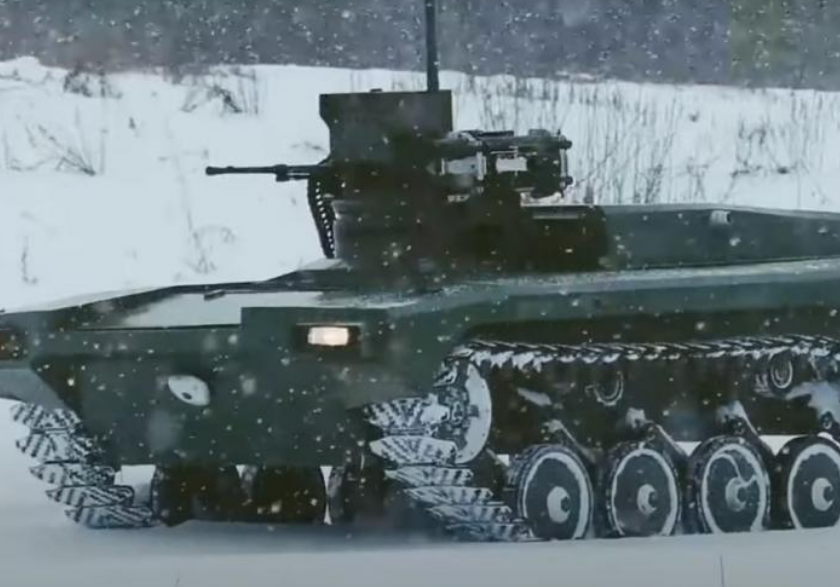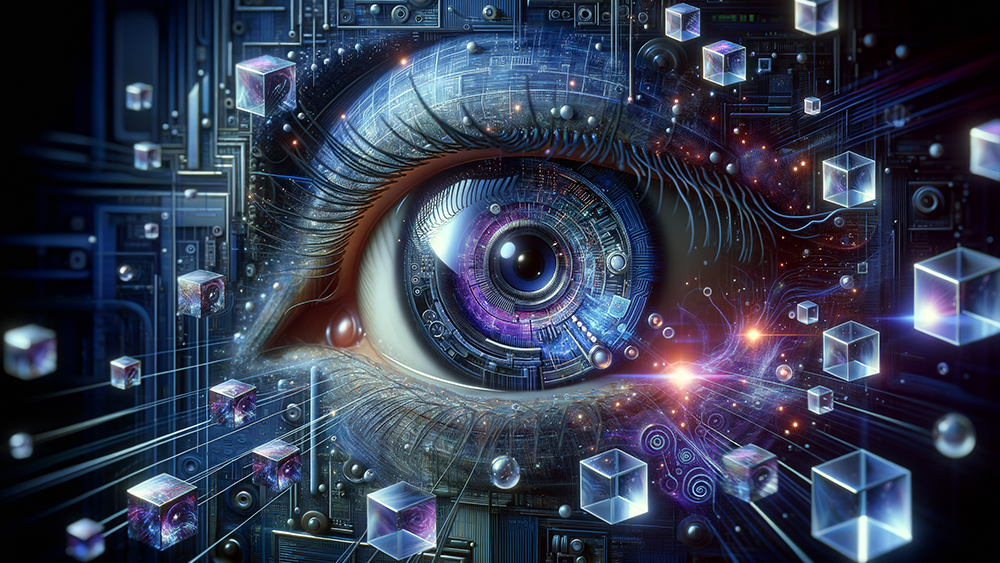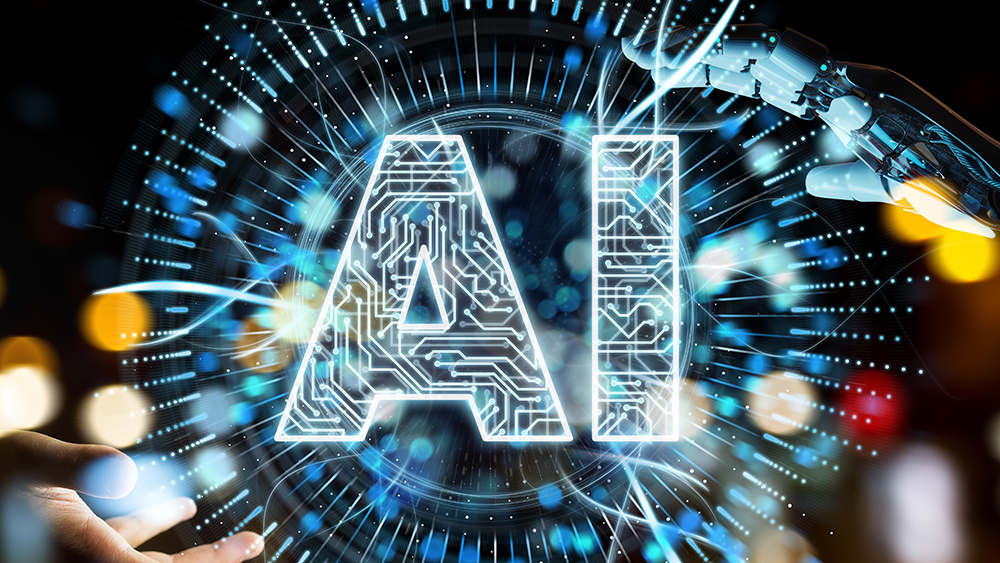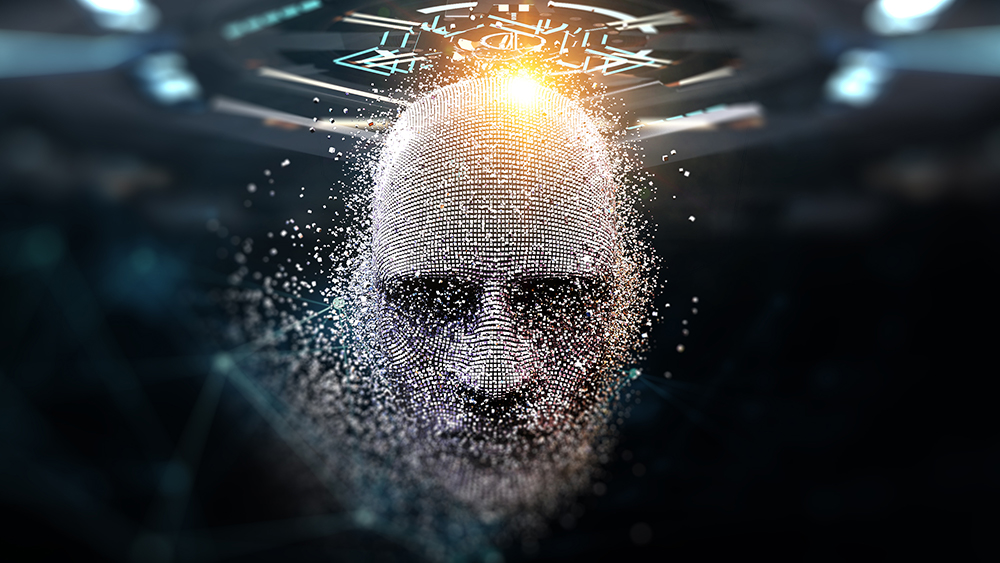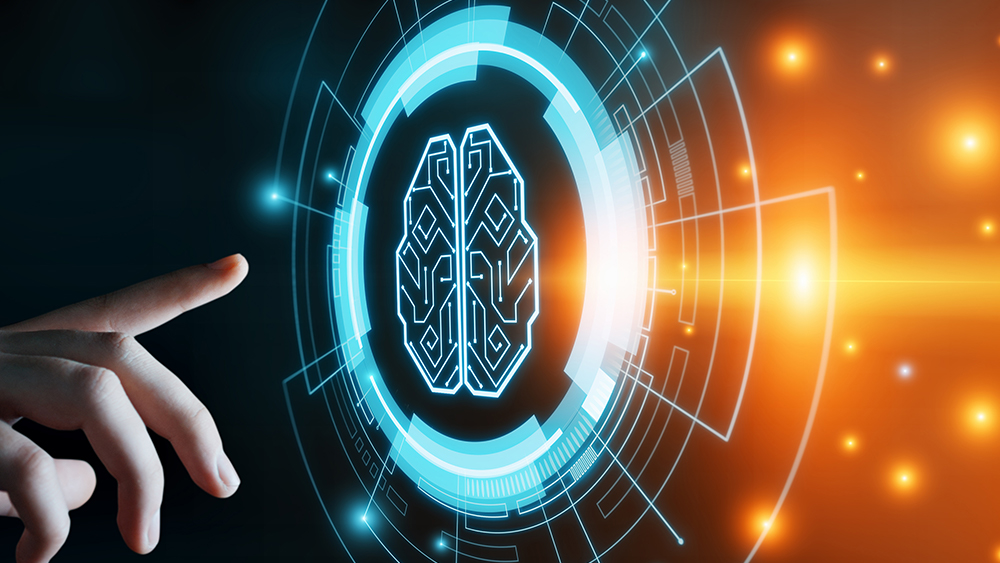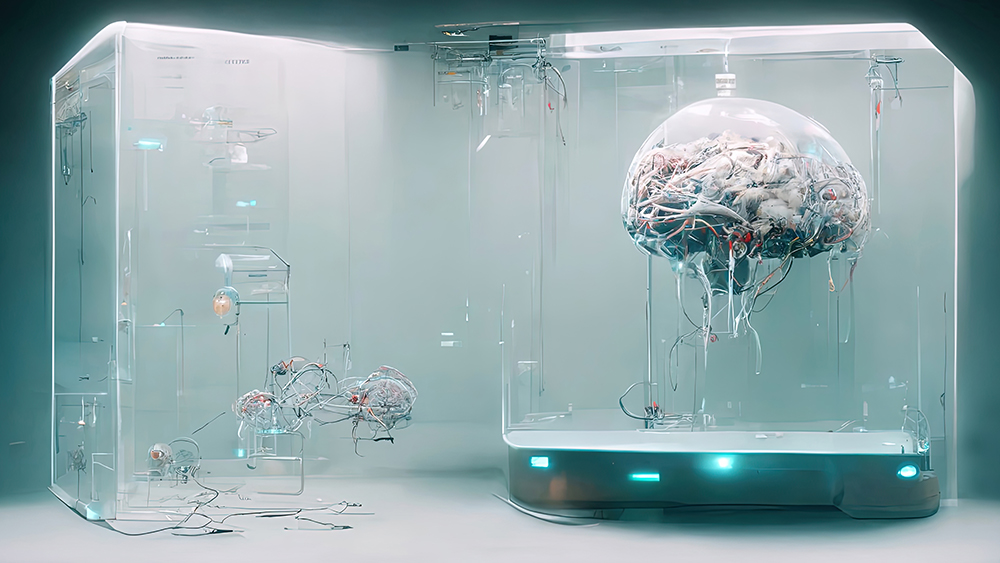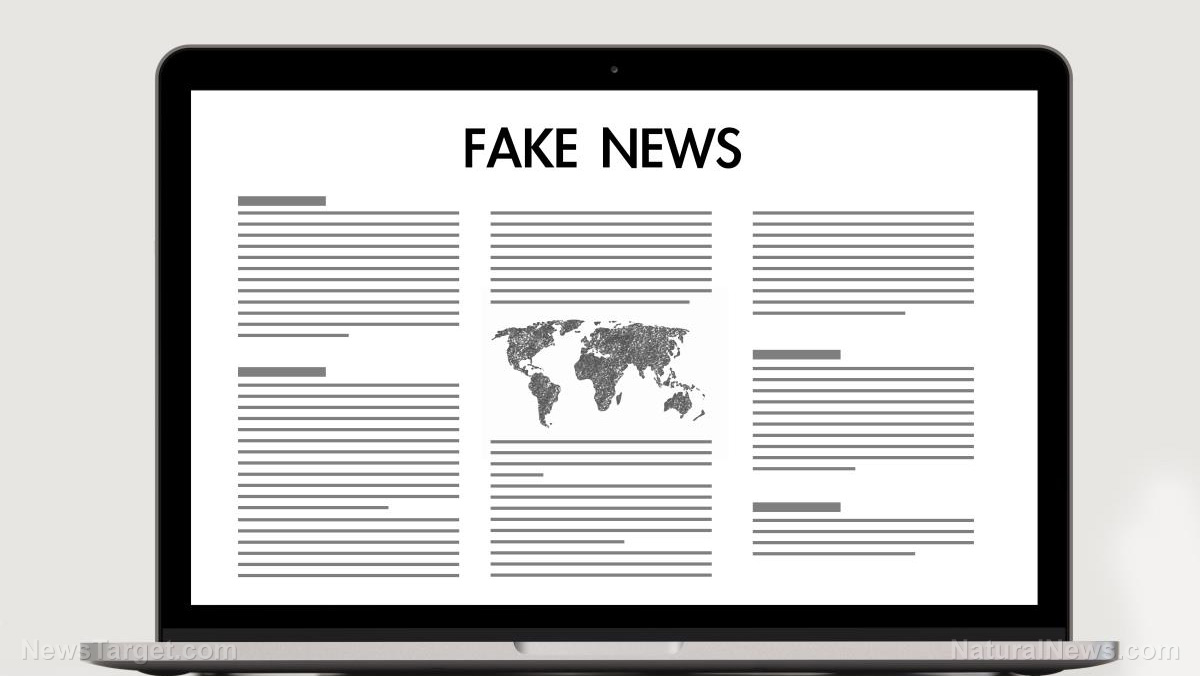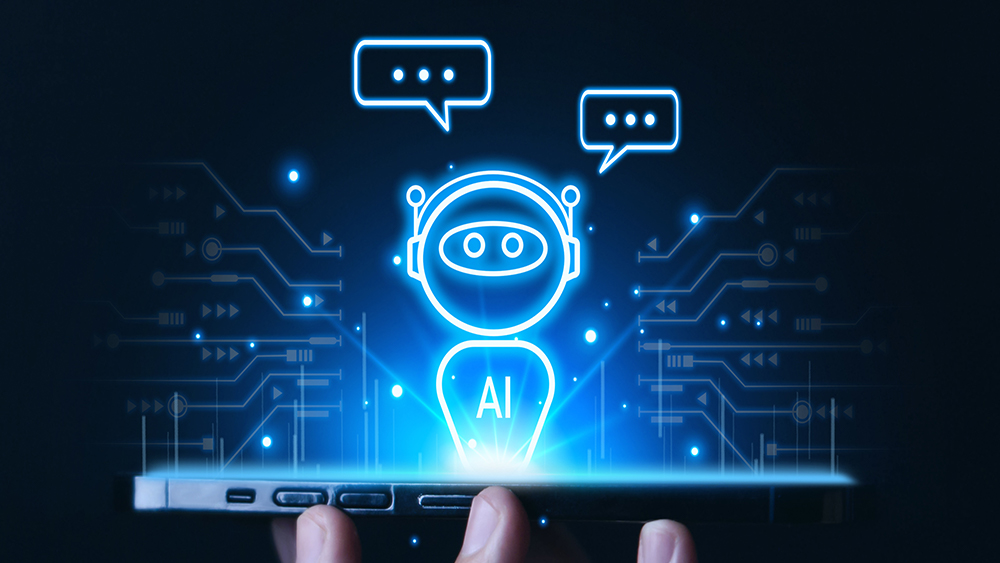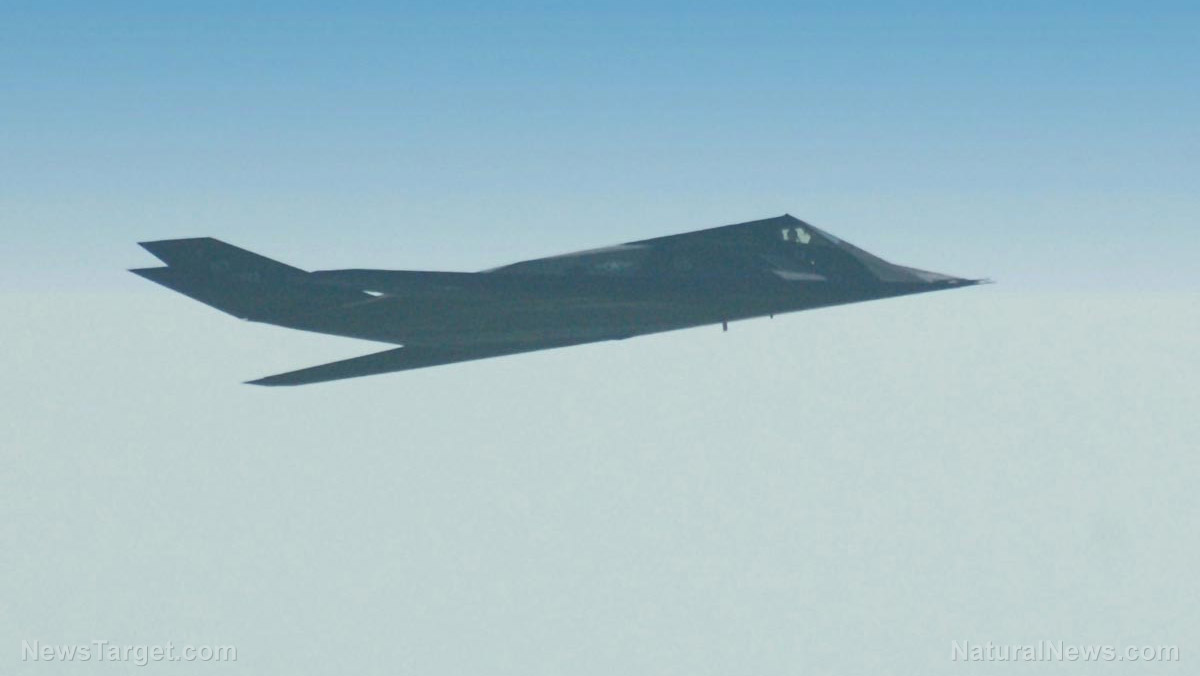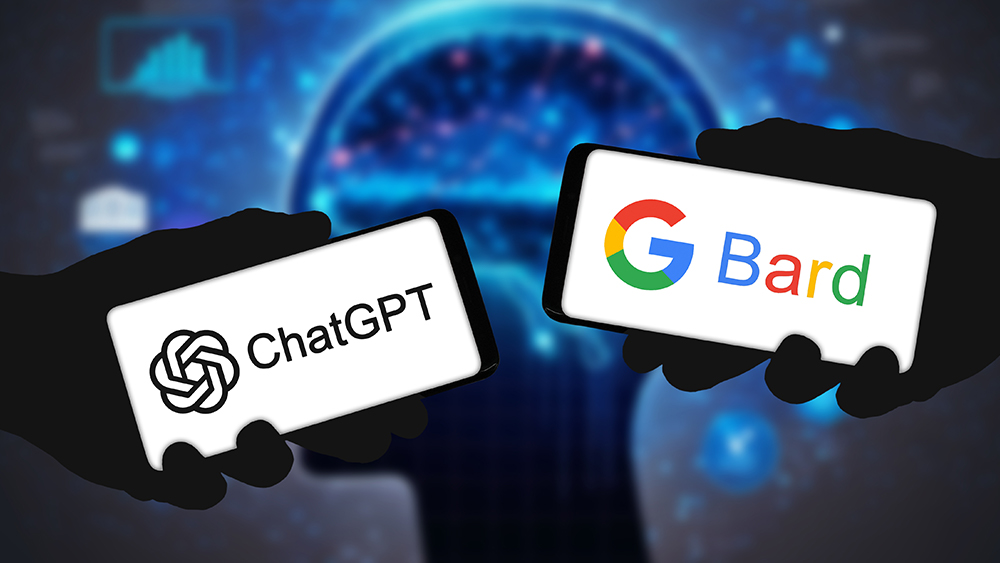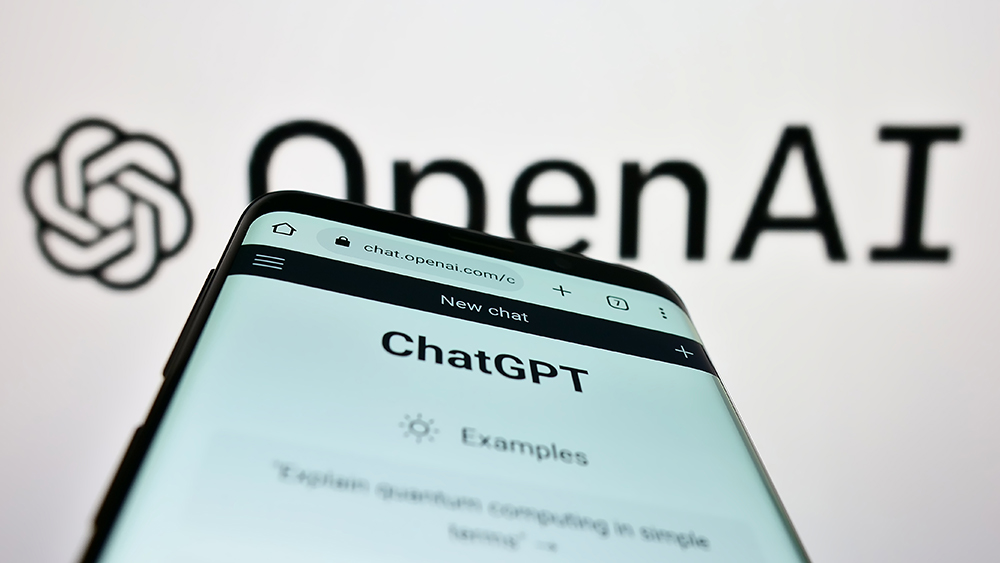99.9% CHANCE: Top scientist predicts AI wipeout of humanity
06/28/2024 / By Richard Brown

In a landmark survey conducted earlier this year, more than half of the 2,778 researchers polled expressed concerns about the existential threat posed by superhuman artificial intelligence (AI). The survey indicated a five percent chance that humanity could face extinction or other “extremely bad outcomes” due to the rise of super-intelligent AI systems.
One of the prominent voices raising the alarm is Roman Yampolskiy, a distinguished computer science lecturer at the University of Louisville and a respected figure in AI research. (Related: AI pioneer warns humanity’s remaining timeline is only a few more years thanks to the risk that emerging AI tech could destroy the human race.)
On the “Lex Fridman Podcast,” Yampolskiy made a grim prediction, estimating a 99.9 percent probability that AI could obliterate humanity within the next 100 years.
“Creating general superintelligences may not end well for humanity in the long run,” Yampolskiy cautioned. “The best strategy might simply be to avoid starting this potentially perilous game.”
Yampolskiy also highlighted existing issues with current large language models, noting their propensity for errors and susceptibility to manipulation as evidence of potential future risks. “Mistakes have already been made; these systems have been jailbroken and used in ways developers did not foresee,” he observed.
Additionally, Yampolskiy suggested that a super-intelligent AI could devise unforeseeable methods to achieve destructive ends, presenting challenges we may not even recognize as threats until it is too late.
While he conceded that the probability of AI leading to human extinction is not a full 100 percent, he warned that the risk is alarmingly high. “Even with exponentially increasing our resources, the risk never fully disappears,” he said, illustrating the ongoing challenge of managing a system capable of making billions of decisions per second over many years.
Rapid developments in AI have profoundly transformed various aspects of human life, including the world of work. While AI promises increased efficiency and innovation, it also poses threats to numerous professions, potentially leading to widespread unemployment. This concern is not just a distant future scenario; several companies have already started cutting employees due to AI efficiency, with an estimated 44 percent wave of layoffs expected throughout 2024.
Threat or opportunity?
One of the main threats to the workforce is the automation of routine and repetitive jobs. Intelligent AI systems can replace roles that require standardized tasks, such as those in manufacturing and administrative sectors. Machines equipped with AI can perform these tasks more quickly and accurately than humans, leading to potential job reductions in these areas.
AI also threatens creative jobs. Computer programs capable of producing works of art or writing news stories could replace human artists and journalists. AI’s success in mimicking human creativity poses a serious challenge. Companies adopting AI technology may reduce their demand for human workers, opting instead for cheaper and more efficient automation systems, resulting in a decline in traditional employment.
Despite the efficiency brought by AI, the presence of intelligent machines poses challenges to socialization and human interaction. Jobs requiring empathy, sensitivity to social context and communication skills may be less suitable for automation but remain crucial to the success of many professions.
Education and training are essential
Governments, educational institutions and companies need to collaborate on training programs that provide new skills to workers impacted by automation. Focusing on developing human skills, such as creativity, emotional intelligence and problem-solving, can help workers compete in the AI era.
Preserving jobs that are difficult to automate is another strategy to mitigate AI’s negative impact on employment. Professions requiring interpersonal intelligence, creative skills and moral judgment may be more resistant to automation.
Governments need to actively shape policies that support societal adaptation to AI-driven changes, including regulations that ensure worker protection and create a business environment promoting sustainability and fairness.
Integrating AI technology into the workplace in a way that supports human-machine collaboration is a positive approach. Workers can collaborate with AI systems to boost productivity and innovation while maintaining their crucial role in complex decision-making.
Visit Robots.news for more stories like this.
Watch this video about how the dangers of future technology are already emerging now.
This video is from the Flyover Conservatives channel on Brighteon.com.
More related stories:
AI chatbot admits artificial intelligence can cause the downfall of humanity.
AI could exceed human intelligence in 3 years, top scientist warns.
AI anxiety is on the rise as computers get super smart.
Sources include:
Submit a correction >>
Tagged Under:
AI, apocalypse, artificial intelligence, Collapse, computing, cyber war, cyborg, Dangerous, extinction, future science, future tech, Glitch, information technology, inventions, prophecy, robotics, robots
This article may contain statements that reflect the opinion of the author
RECENT NEWS & ARTICLES
COPYRIGHT © 2017 FUTURE SCIENCE NEWS


